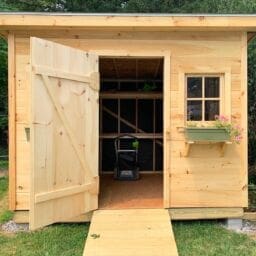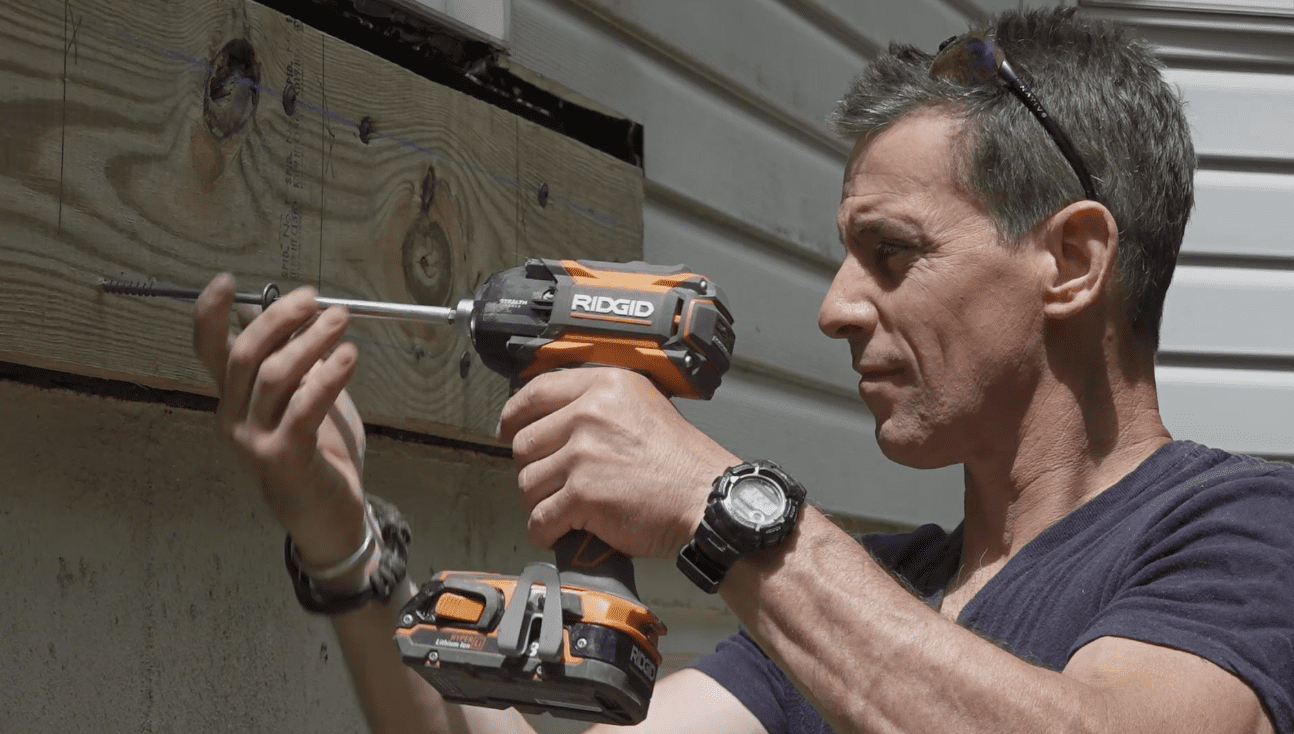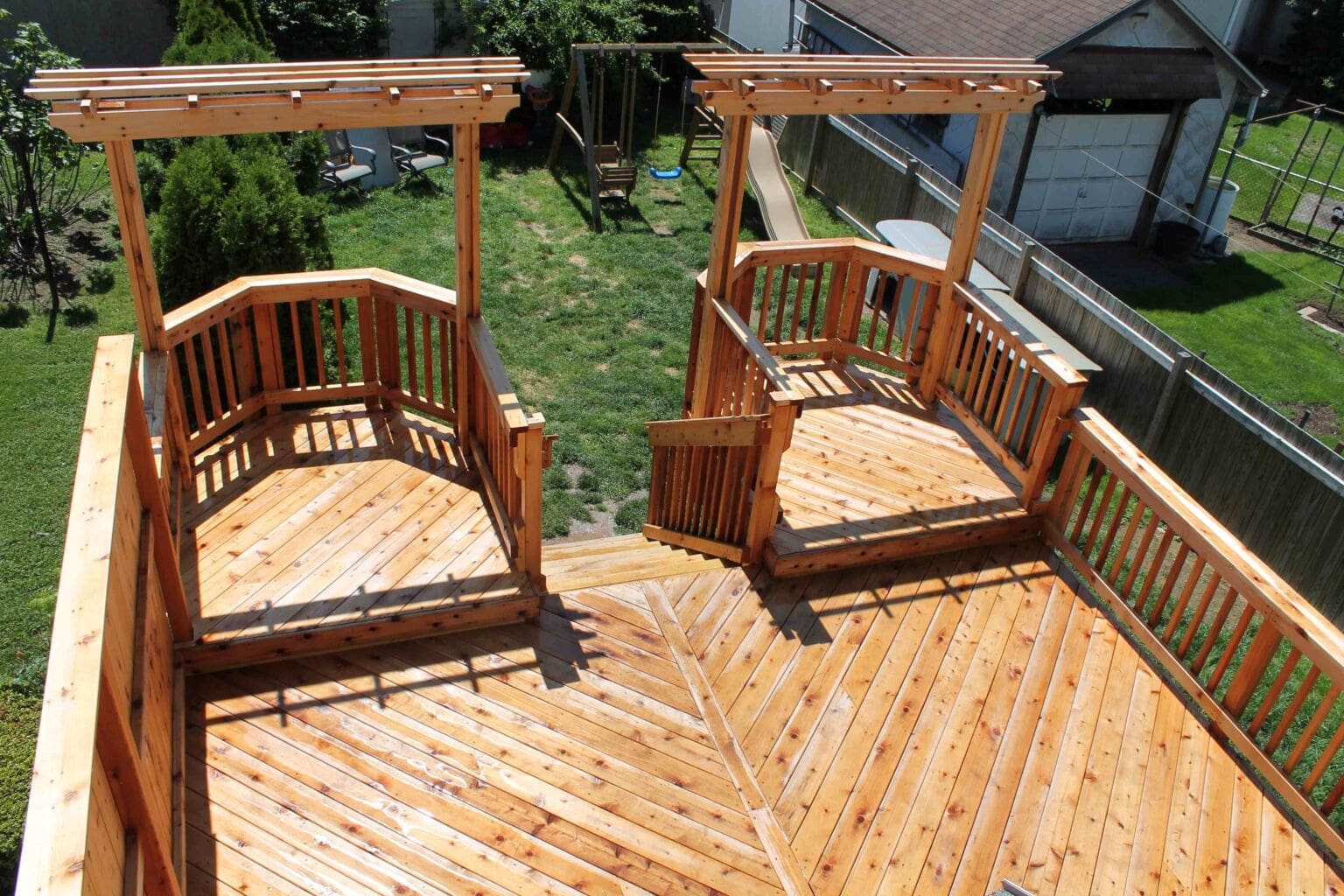
Request for Two Cents on Deck Building via FixitUp Facebook Friend: I’m building a deck soon. Give me your $.02 on materials for railings, decking, framing?

Two Cents
Hopefully this is worth at least two cents (or two cold ones when I’m done.)
: Design and Budget We like to start with a design that makes sense for the space and that can be built reasonably—and that is awesome.
Once we know what the sky-limit is (multi-levels, pergolas, winding stairs, radii, diagonal decking patterns, in-lays, etc.), we then look at how much that will cost in real dollars. Since those seem to be peskily finite, the amount of available greenbacks serves as a guide for what can and can’t happen. Once we set a design and budget, that’s the first step on the journey. Now all other steps lead to the last step, which is the dream coming alive. More on that later.
: Framing and Permitting As far as materials go, pressure treated is king for most framing applications. I have seen situations where a second story deck would be a main architectural feature of the home’s front elevation and I recommend (assuming budget follows dreams) framing with cedar and/or using post-and-beam style detailing with the usually more affordable treated, i.e 3-by joists, 8-by posts, angle brackets or “knees,” etc.
We recommend getting a permit for this project (so does the law.) And the place to go for technical details—and the place your local municipality probably gets its code—is the Prescriptive Deck Code DCA-6 from American Wood Council. The download is free and it’ll give you everything from joist spans to guard post connections details you can use for your permit drawings—all in one place. Another thing you can do is team up with a local architect who can generate drawings for you for a fee. You might also scope out the deck design tool at the Western Red Cedar Lumber Association. It’s also free.
: Decking As far as decking and guard rails go, that’s the interaction point between you, your deck and all the things in between—your bare feet, the bottom of your plate, glass, and the source of your suntan for every minute of its life after you build it (which will be awesomely fun!) and choices can depend on anything from budget to climate. For our money we say pick what you like and want to live with through barbeques and beyond. IN other words, pick what you want for next year, not what you can afford right this second. For us and where we live that tends to be wood: treated or cedar. And of the decks we’ve built, a full 2×6 Western Red Cedar (we like knotty) is pretty rockin’. As a deck builder once told me, “there’s a reason they stamp composites with a wood grain.” And there is no knotty stamp yet. That speaks to us. Anyway…
You’ll have to maintain wood (all decking requires cleaning and maintenance; don’t be taken in by marketing) with cleaning/power-washing and sealing AT LEAST every 24 months but what is nice about wood—especially cedar—is that it is far less dense than composites I’ve seen, never mind usually much less expensive. Many composites are so dense they act like heat sinks, holding what feels like loads more heat than wood. I’ve been on some decks that are literally hot to the touch they’ve retained so much summer heat. Also, some composites can scratch irreparably and stain. Wood can too, but it’s either harder (or impossible) to see or can be sanded out. Bottom line, check into it carefully with your supplier—and use a good supplier—before you buy.
: Landscaping, Storage, Underworld Your deck will change your yard and a nice yard/not-yard transition makes sense. Sink a 2×12 about 6 inches (Note: the official line is that typical 2-by pressure treated lumber is not rated for ground contact) in the ground and nail to the posts so you can plant grass up to it. If your deck is high enough off the ground you may be able to utilize the now undercover space for storage (bikes, mowers, etc.) and there are various products and techniques to keep large and small areas dry.
: Party Time One of the reasons we like building decks so much is that they are almost universally used for fun and once we’re done, clients immediately want to get started. But for us, what we build is only fun after we’ve seen the dream through to the end. So get your inspection. Finish those details that started back in the dream, and put your tools away. That’s what it is all about.
So, thanks for asking. We’d love one.






